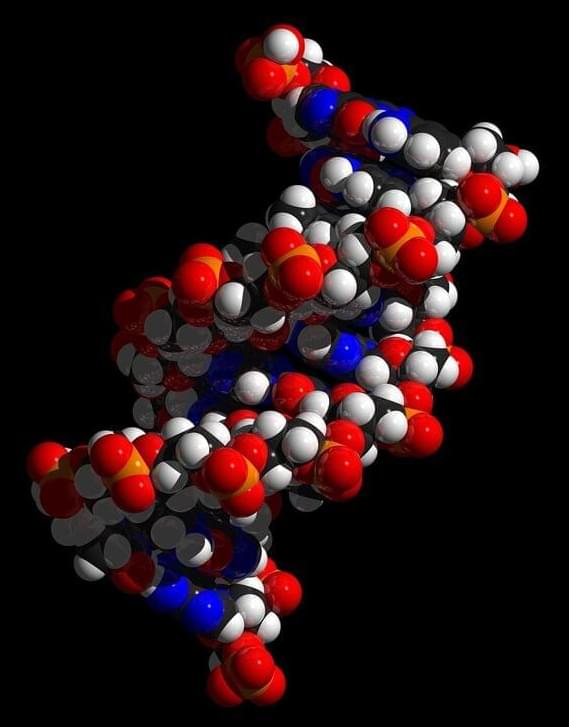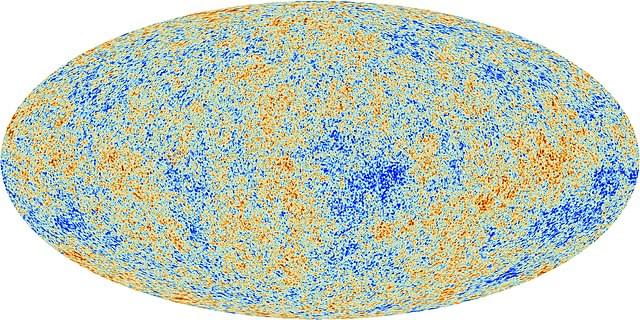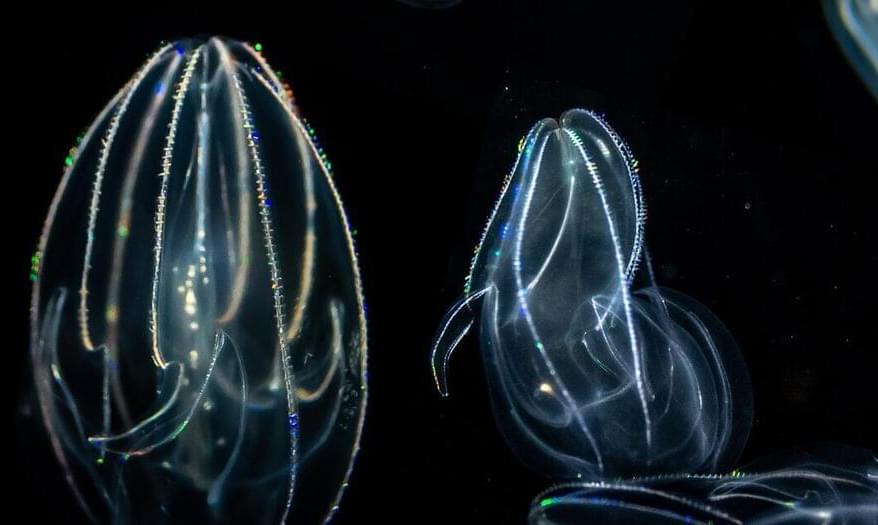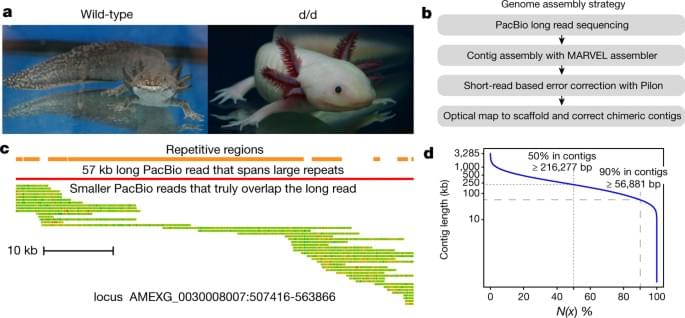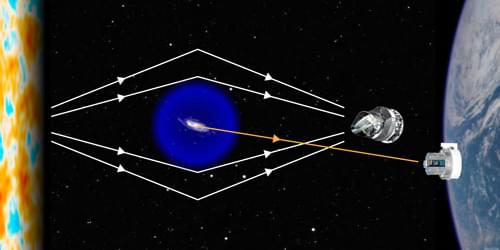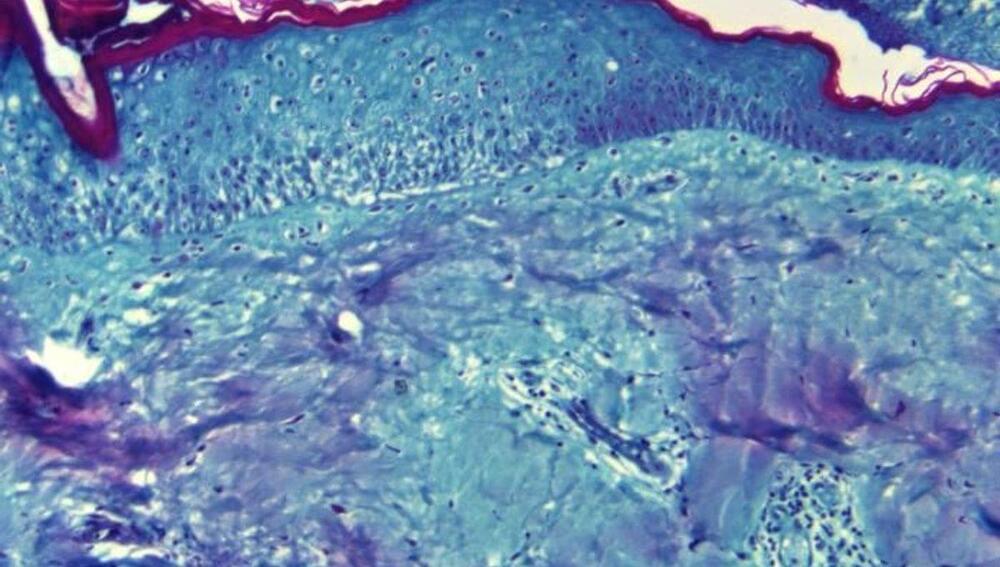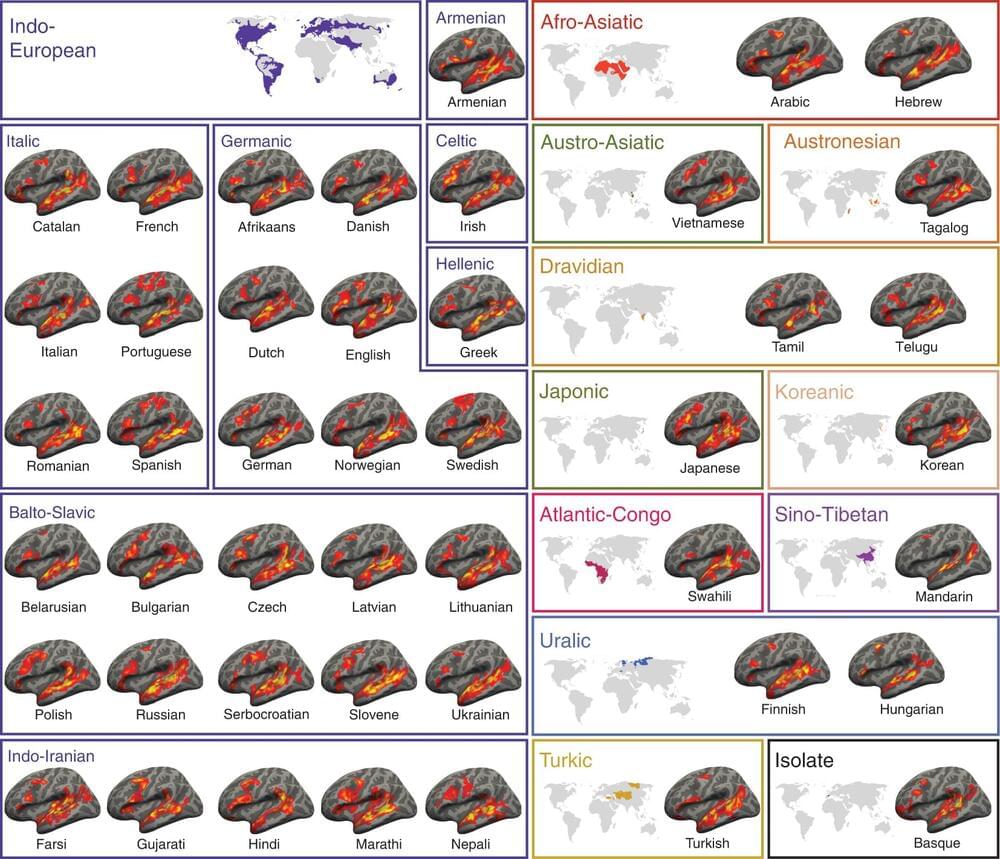Aug 16, 2022
Humans tamed the microbes behind cheese, soy, and more
Posted by Shubham Ghosh Roy in categories: biotech/medical, evolution, food
Somerville and John Gibbons, a genomicist at the University of Massachusetts, Amherst, independently focused on food fermentation, which helped early farmers and herders transform fresh produce and milk into products that can last months or years. Gibbons took a close look at the genome of Aspergillus oryzae, the fungus that jump-starts production of sake from rice and soy sauce and miso from soybeans.
When farmers cultivate A. oryzae, the fungus—a eukaryote, with its DNA enclosed in a nucleus—reproduces on its own. But when humans take a little finished sake and transfer it to a rice mash to begin fermentation anew, they also transfer cells of the fungal strains that evolved and survived best during the first round of fermentation.
Gibbons compared the genomes of scores of A. oryzae strains with those of their wild ancestor, A. flavus. Over time, he found, selection by humans had boosted A. oryzae’s ability to break down starches and to tolerate the alcohol produced by fermentation. “The restructuring of metabolism appears to be a hallmark of domestication in fungi,” he reported last week at Microbe 2022, the annual meeting of the American Society for Microbiology. For example, domesticated Aspergillus strains may have up to five times more copies of a gene for metabolizing starches as their ancestor—“a brilliant way for evolution to turn up this enzyme,” Wolfe says.

